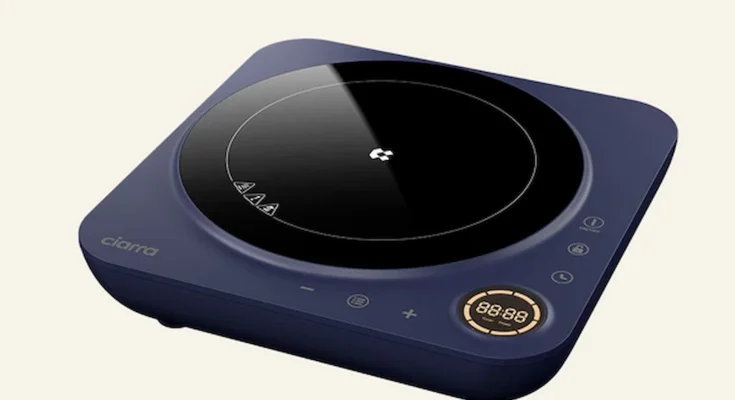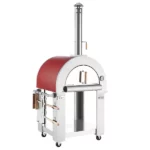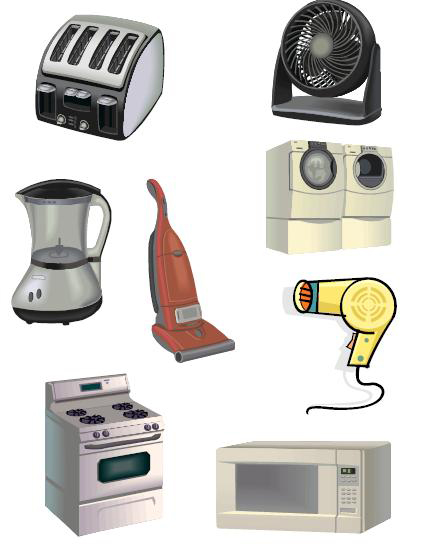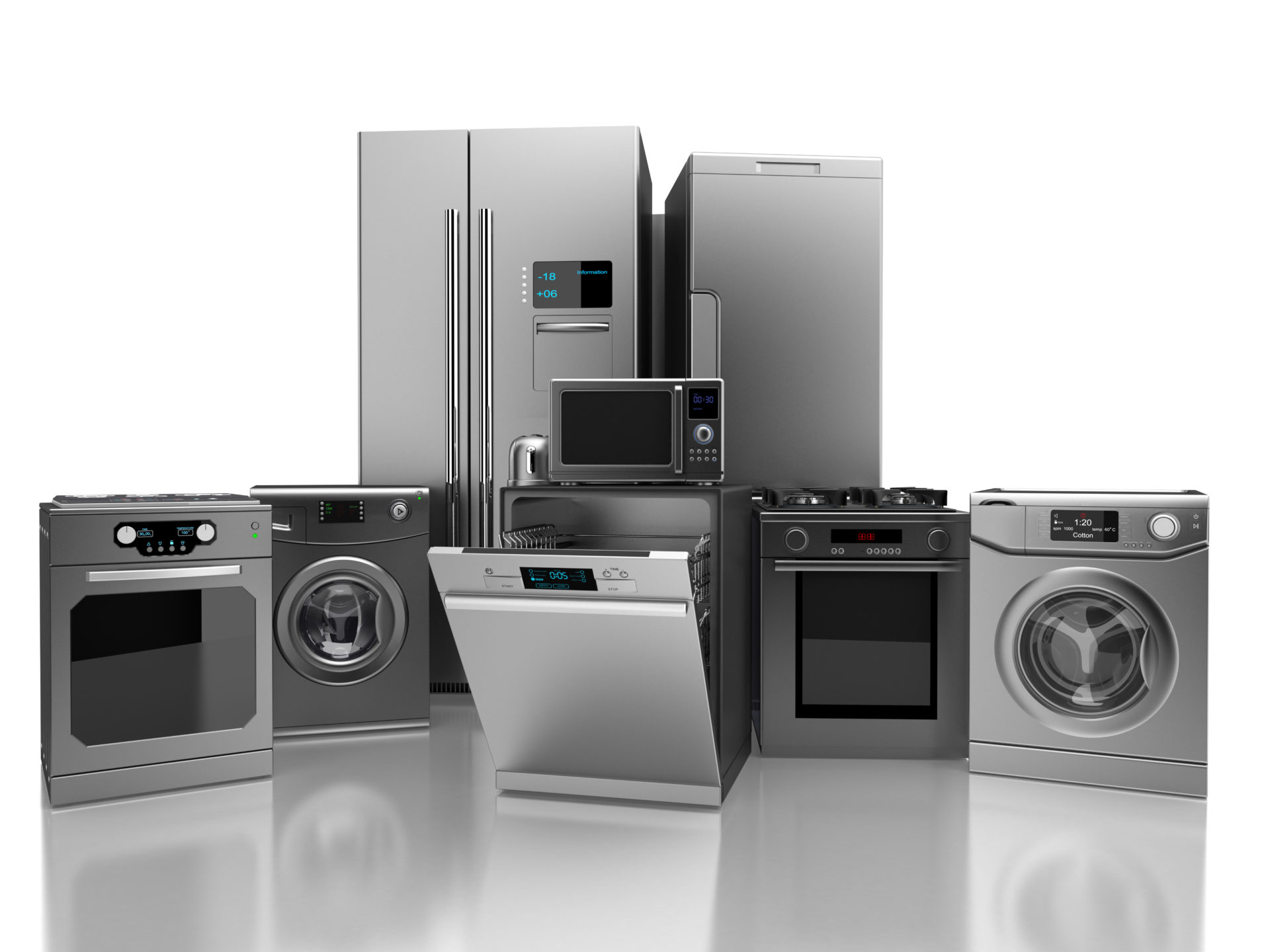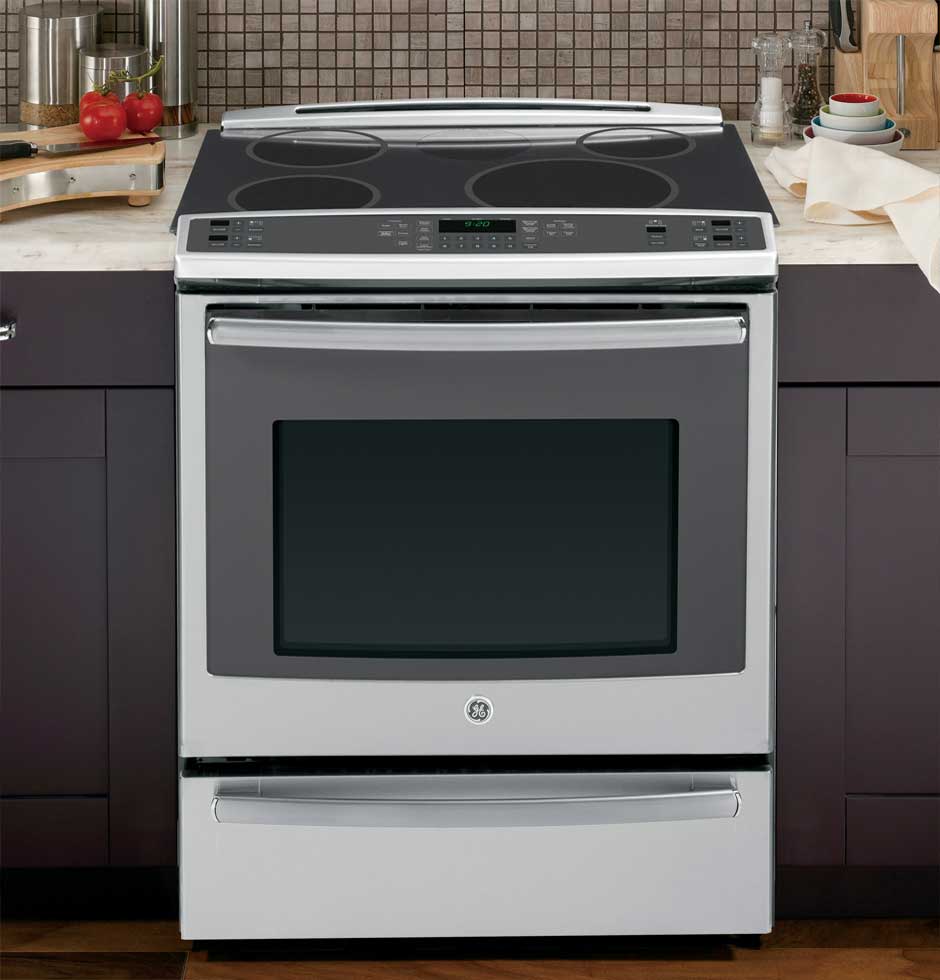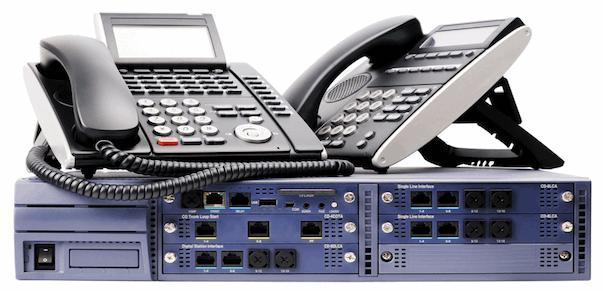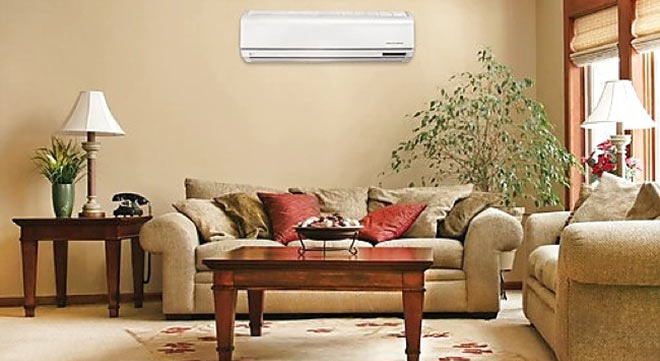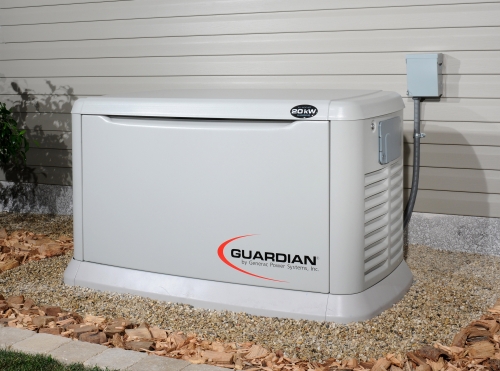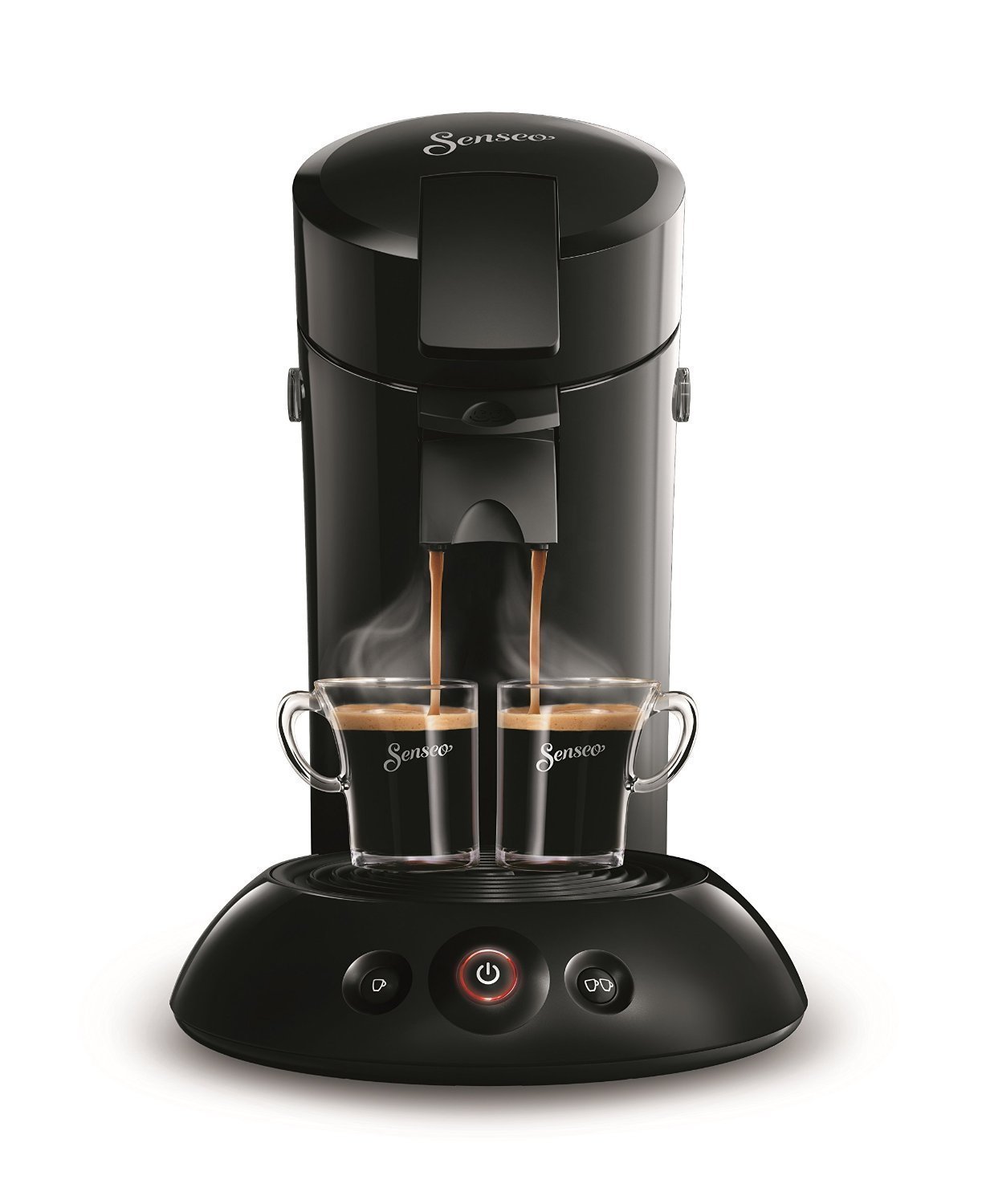In today’s fast-paced world, kitchen technology continues to evolve, offering smarter, faster, and more efficient ways to cook. One innovation that has gained immense popularity in recent years is the induction cooktop. But what makes this sleek appliance so revolutionary, and why are more homeowners making the switch from gas and electric stoves to induction? Let’s explore how induction cooking works, its benefits, and why it might just be the future of modern kitchens.
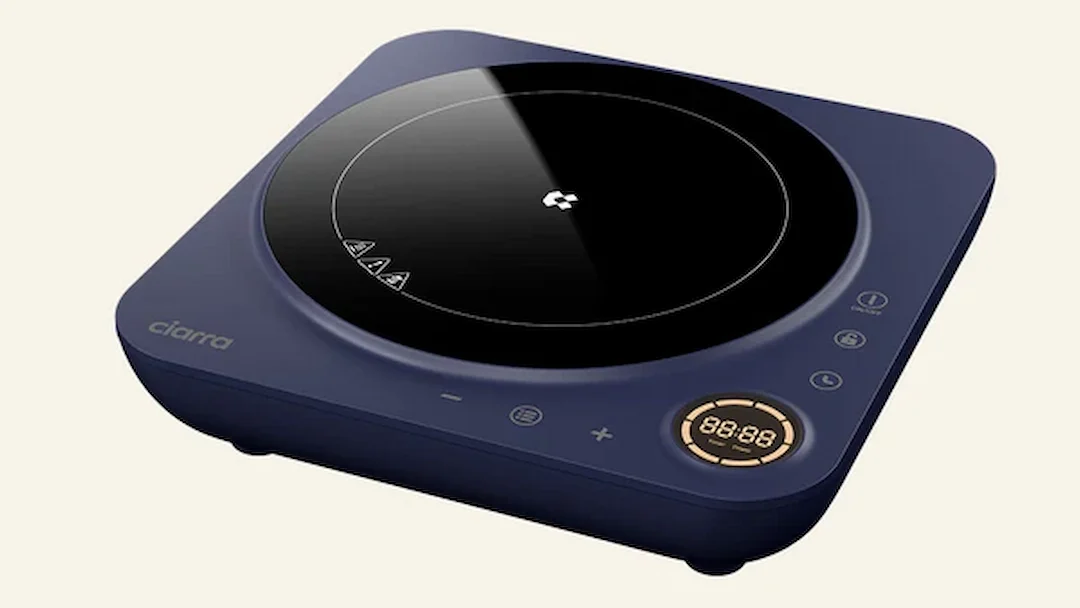
Content
What Is an Induction Cooktop?
An induction cooktop is a type of stove that uses electromagnetic energy to heat cookware directly rather than relying on an open flame or radiant heat. Unlike traditional electric or gas burners, it doesn’t heat the cooktop surface itself. Instead, it creates a magnetic field that interacts with compatible pots and pans, generating heat instantly within the cookware.
This technology allows for faster, more efficient cooking with precise temperature control — something that both professional chefs and everyday home cooks can appreciate.
How Does Induction Cooking Work?
The secret lies in electromagnetic induction. Beneath the glass surface of the cooktop, there’s a tightly wound coil of copper wire. When electricity passes through the coil, it produces a magnetic field. If you place a magnetic pan — typically stainless steel or cast iron — on the surface, the magnetic field causes electric currents (known as eddy currents) to flow through the metal. These currents produce heat directly in the pan, cooking the food quickly and evenly.
Since the cooktop itself doesn’t heat up, most of the energy goes straight into the cookware. This makes induction one of the most energy-efficient cooking technologies available.
Advantages of an Induction Cooktop
- Speed and Efficiency
Induction cooking is significantly faster than both gas and conventional electric cooking. Water can boil in almost half the time, and heat adjustments are immediate. Because heat is generated directly in the pan, little energy is wasted. - Energy Savings
Studies show that induction cooktops use up to 90% of the energy they produce, compared to about 40–55% for gas stoves. This efficiency can translate into lower energy bills over time and a reduced environmental footprint. - Safety First
The surface of an induction cooktop remains relatively cool to the touch, reducing the risk of burns. It also automatically switches off when cookware is removed, providing peace of mind — especially for families with children. - Precise Temperature Control
Whether you’re simmering chocolate or searing steak, induction allows for fine-tuned temperature adjustments. This level of control is perfect for recipes that require precision. - Easy to Clean
Since the surface doesn’t get very hot, spills don’t burn or stick. A quick wipe with a damp cloth keeps the glass surface spotless, making cleanup almost effortless.
Potential Drawbacks to Consider
Despite its many benefits, induction cooking isn’t without a few considerations. For one, it requires magnetic cookware. Aluminum, copper, and glass pots won’t work unless they have a magnetic base. Additionally, the initial cost of an induction cooktop can be higher than that of a standard electric or gas stove. However, the long-term savings in energy and time often offset the upfront investment.
There’s also a learning curve. Because induction heats up so quickly, beginners may need time to adjust to the faster cooking speeds and responsive temperature changes.
Why Induction Cooktops Are Gaining Popularity
The global trend toward sustainable and energy-efficient living is driving more consumers to choose induction technology. It aligns perfectly with modern design trends — minimalistic, sleek, and smart. Many tech-savvy homeowners love how induction integrates seamlessly with smart kitchen systems, offering touch controls, digital displays, and safety sensors.
As energy costs rise and environmental awareness grows, more households are rethinking their reliance on gas and opting for clean, electric alternatives.
Choosing the Right Induction Cooktop
When selecting an induction cooktop, consider factors like size, power levels, number of cooking zones, and ease of control. Portable single-burner models are great for small apartments, RVs, or dorm rooms, while built-in multi-zone cooktops suit larger kitchens.
Consumers often compare various models online, visiting reputable home appliance retailers such as Ciarra Gadgets to explore design options, user reviews, and specifications. Whether you’re upgrading your entire kitchen or adding a compact cooktop for supplemental cooking, doing your research ensures you’ll get the best value for your needs.
Final Thoughts
The induction cooktop represents the future of efficient, eco-friendly, and intelligent cooking. Its combination of precision, safety, and speed makes it a game-changer in modern kitchens. While it may require compatible cookware and a slightly higher upfront cost, the long-term benefits far outweigh the downsides.
As kitchen technology continues to advance, innovations from companies like Ciarra Gadgets highlight how far induction has come — blending design, performance, and sustainability. For anyone looking to modernize their cooking experience, investing in an induction cooktop isn’t just a smart choice — it’s a glimpse into the future of home cooking.

Christine Kelley is a dedicated home blogger who has been blogging for over six years. She covers everything home related. Christine also loves writing posts about her travels to Europe with her husband and two children.

